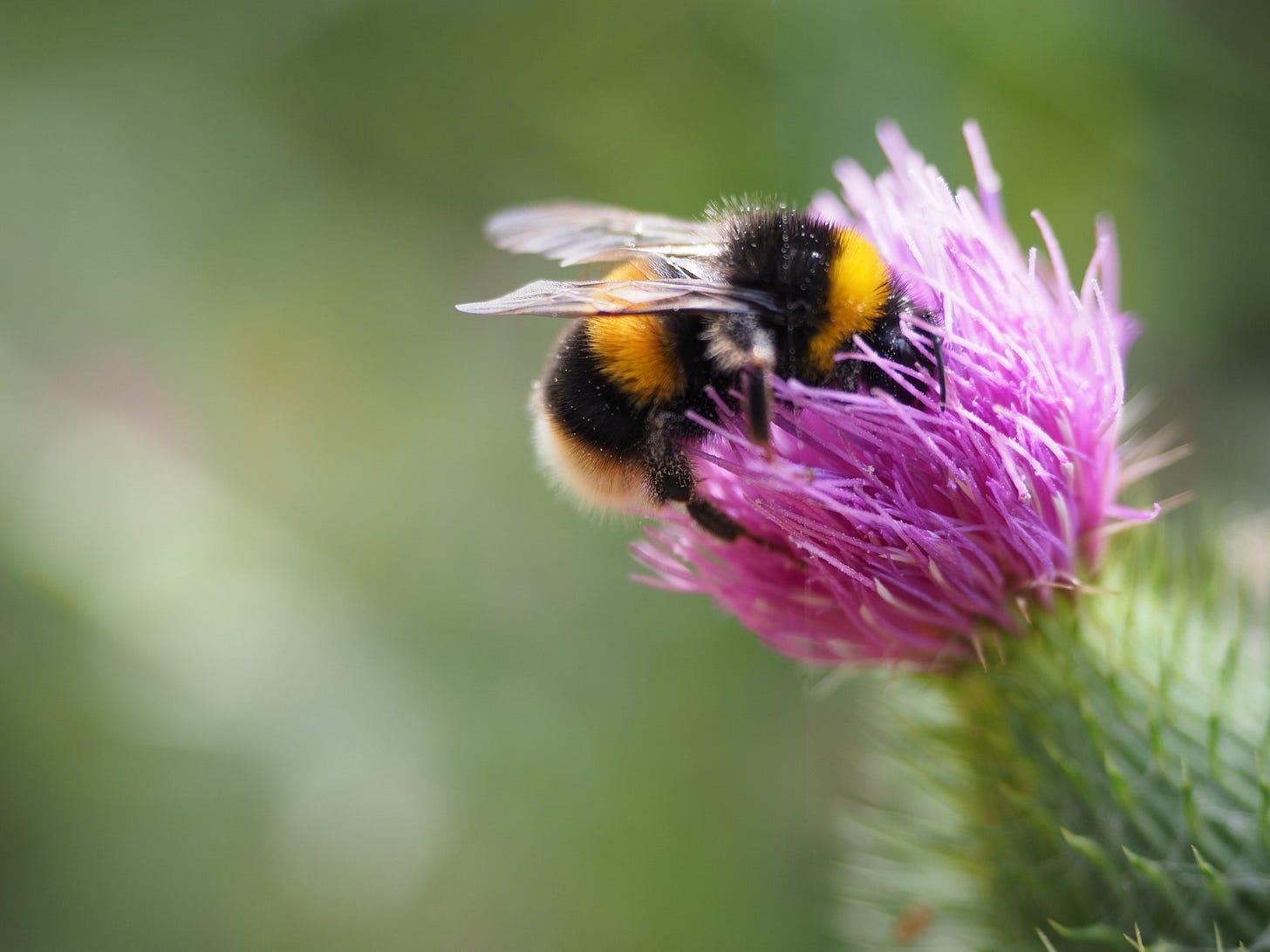Beneficial Organisms That Protect Crops and Power Sustainable Farming
Harnessing Biodiversity for Eco-Friendly Pest Management

Modern agriculture is undergoing a necessary transformation. With increasing concerns about chemical pesticide overuse, declining soil health, and biodiversity loss, the spotlight is now on Integrated Pest Management (IPM) and biological control methods. At the heart of this approach lies a powerful yet often overlooked ally: beneficial organisms.
These tiny heroes—predators, parasitoids, and pollinators—naturally regulate pest populations and maintain ecological balance. Utilizing them not only reduces dependency on harmful chemicals but also supports sustainable, resilient, and regenerative farming systems.
Below is an in-depth look at the key beneficial organisms—your living arsenal for protecting crops and nurturing the planet.
Predators: Nature's Pest Control Agents
These organisms consume harmful insects directly, keeping pest populations in check.
1. Seven-spotted Lady Beetle & Two-spotted Lady Beetle
Lady beetles devour aphids, whiteflies, and soft-bodied pests. A single adult can eat up to 50 aphids a day!
2. Common Green Lacewing
Known for their voracious larvae (aphid lions), they target aphids, mealybugs, and thrips.
3. Predatory Mite & Swirskii Mite
Excellent for controlling spider mites, thrips, and whiteflies in greenhouses and open fields.
4. Minute Pirate Bug
A generalist predator feasting on thrips, spider mites, aphids, and insect eggs.
5. Thrips Predator
Targets thrips at various life stages, ideal for horticultural crops.
6. Soil Predatory Mite
Lives in soil and attacks fungus gnat larvae, thrips pupae, and root pests.
7. Big-eyed Bug & Damsel Bug
Agile hunters that feed on aphids, whiteflies, mites, and caterpillars.
8. Whitefly Predator Beetle
Highly effective in greenhouses and nurseries for suppressing whiteflies.
9. Predatory Mirid Bug
Targets aphids and small lepidopteran larvae.
10. Mealybug Destroyer
True to its name, this beetle is a mealybug’s worst nightmare.
Parasitoids: Silent Saboteurs of Pests
Parasitoids lay their eggs inside or on pests, eventually killing them from the inside.
11. Aphid Parasitoid Wasp
Parasitizes aphids, causing them to mummify—an effective and selective biocontrol tool.
12. Trichogramma Wasp
Attacks the eggs of moths and butterflies, preventing pests like corn borers before they hatch.
13. Parasitic Wasp
Covers a wide range of pest hosts, offering effective, targeted pest suppression.
14. Whitefly Parasitoid
Lays eggs in whitefly nymphs—widely used in greenhouse environments.
15. Egg Parasitoid
Targets pest eggs, cutting off the next generation before it begins.

Pollinators and Helpers: Supporting Crop Production
While not directly killing pests, these organisms are vital for pollination and soil health.
16. Honey Bee
Crucial for pollination of fruits, vegetables, and oilseeds. Declining populations highlight the need for chemical-free farming.
17. Buff-tailed Bumblebee
Performs buzz pollination—especially useful for tomatoes, peppers, and berries.
18. Red Mason Bee
A solitary bee that pollinates fruit trees, especially in early spring.
Hoverflies and Their Larvae: Dual Role in Farms
19. Marmalade Hoverfly, Rüppell’s Hoverfly, Golden-neck Hoverfly
Adults pollinate; their larvae feed on aphids, offering a two-in-one service.
Ground Beetles: Soil-Level Warriors
These beetles scavenge, hunt, and keep pests from gaining ground.
20. Large Black Ground Beetle
Feeds on caterpillars, slugs, and root maggots.
21. Bronze Ground Beetle
Active at night, it hunts soil-dwelling larvae and snails.
22. Bembidion Beetle
Small but effective, they contribute to pest reduction in field crops.
Bugs and Beetles with Tactical Skills
23. Western Plant Bug
Feeds on thrips and mites, often found in alfalfa and cotton.
24. Assassin Bug
Attacks a wide range of soft-bodied pests with its piercing-sucking mouthparts.
25. Common Earwig
Eats aphids, mites, and insect eggs—though sometimes may nibble on plants.
Why These Organisms Matter in Sustainable Farming
- Reduced Chemical Dependency: Beneficial insects help decrease pesticide use, protecting farmworkers, consumers, and the environment.
- Biodiversity Boost: Encouraging natural enemies strengthens ecosystems and prevents pest outbreaks.
- Cost-effective and Self-sustaining: Once established, these organisms often self-regulate, reducing long-term input costs.
- Soil and Pollinator Health: These organisms contribute to improved pollination and soil nutrient cycling, enhancing productivity.
- Supports Organic and Regenerative Agriculture: Fits perfectly into organic certification guidelines and regenerative practices.
How to Use Beneficial Organisms on Your Farm
- Avoid Broad-Spectrum Pesticides: Use biocontrol-friendly products like neem or microbial solutions.
- Create Habitat Diversity: Grow flowering plants, hedgerows, and cover crops to provide shelter and nectar.
- Introduce Species Thoughtfully: Use commercial suppliers to release specific organisms as per pest pressure.
- Monitor and Scout Regularly: Identify pests early and release beneficial’s at the right stage for maximum impact.
Conclusion
Harnessing the power of beneficial organisms is not just a trend—it’s a return to nature’s original system of balance and defense. By integrating these incredible species into farming practices, growers can transition towards a healthier, more sustainable, and resilient agriculture system.
With less dependence on synthetic chemicals and more reliance on biological allies, the future of farming looks brighter, safer, and more ecologically sound.
#SustainableFarming #BiologicalControl #IntegratedPestManagement #BeneficialInsects #OrganicAgriculture #EcoFriendlyFarming #NaturalPestControl #PollinatorsMatter #RegenerativeFarming #Agroecology



